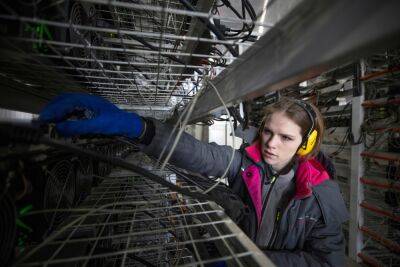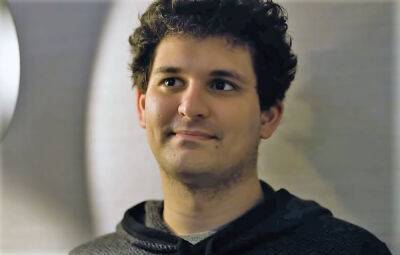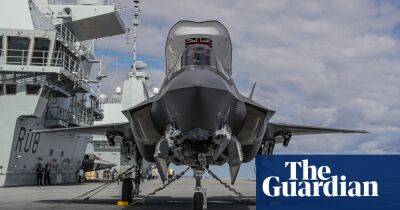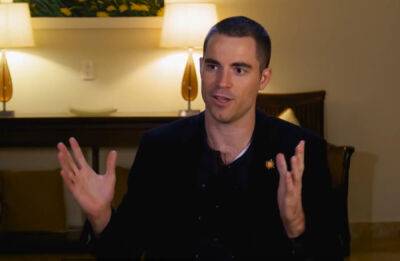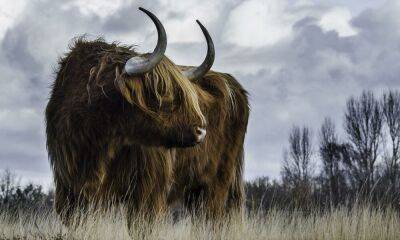Virgin Atlantic’s easing of cabin crew tattoo policy marks industry shift
Virgin’s easing of its policy on employees displaying tattoos marks a significant shift in an industry that has long had strict criteria on who is suitable to be cabin crew and how they should look.
In the early days, flight attendants were often the sons of businessmen who had financed the airlines.
The first was Heinrich Kubis, who in March 1912 looked after passengers on DELAG’s (Deutsche Luftschiffahrts-Aktiengesellschaft) LZ 10 Schwaben zeppelin flights from Berlin to Freidrichshafen. He had previously worked as a waiter at Hôtel Ritz Paris and the Carlton hotel, London.
It was another 18 years until the first woman was appointed. Ellen Church, 25, a registered nurse and qualified pilot, wanted to fly commercial aircraft, but women were banned. She petitioned Boeing Air Transport urging them to hire nurses as flight stewardesses to help convince passengers that flying was safe. Her first flight took off on 15 May 1930.
Other airlines quickly followed suit. It was one of few jobs open to women at the time. More than 2,000 of them applied for 43 positions offered by Transcontinental and Western Airlines in December 1935.
A story in the New York Times in 1936 said women were selected based on their physical characteristics.
“The girls who qualify for hostesses must be petite; weight 100 to 118 pounds; height 5 feet to 5 feet 4 inches; age 20 to 26 years. Add to that the rigid physical examination each must undergo four times every year, and you are assured of the bloom that goes with perfect health.”
Requirements persisted. A 1966 advert for stewardesses at Eastern Airlines listed these requirements: “A high school graduate, single (widows and divorcees with no children considered), 20 years of age (girls 19 1⁄2 may apply
Read more on theguardian.com





